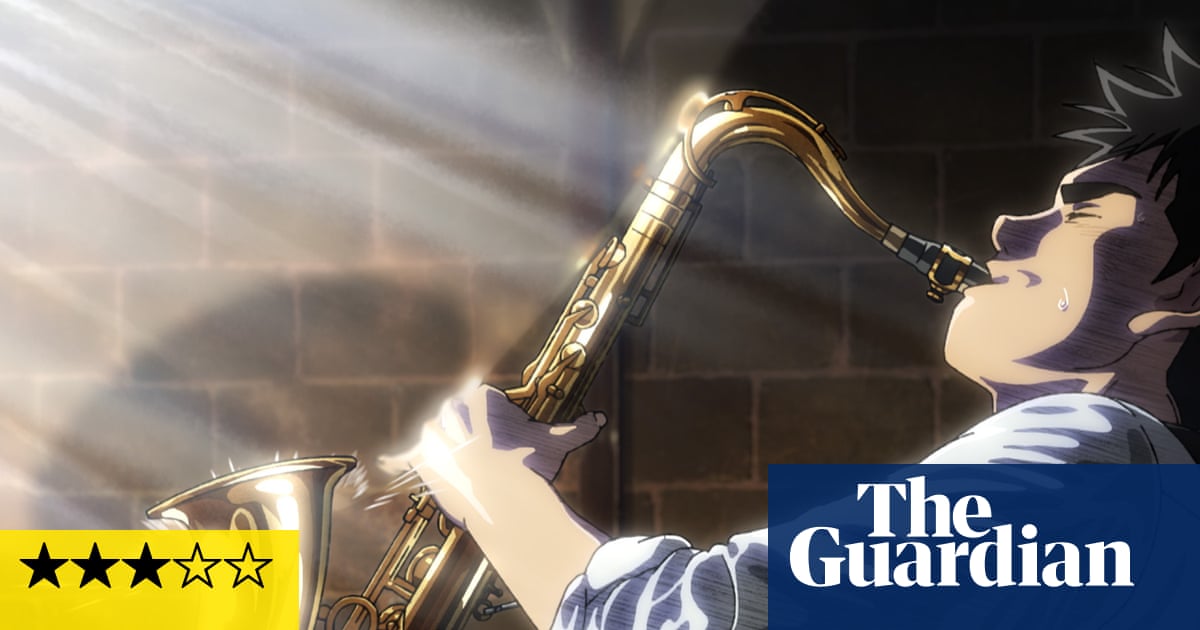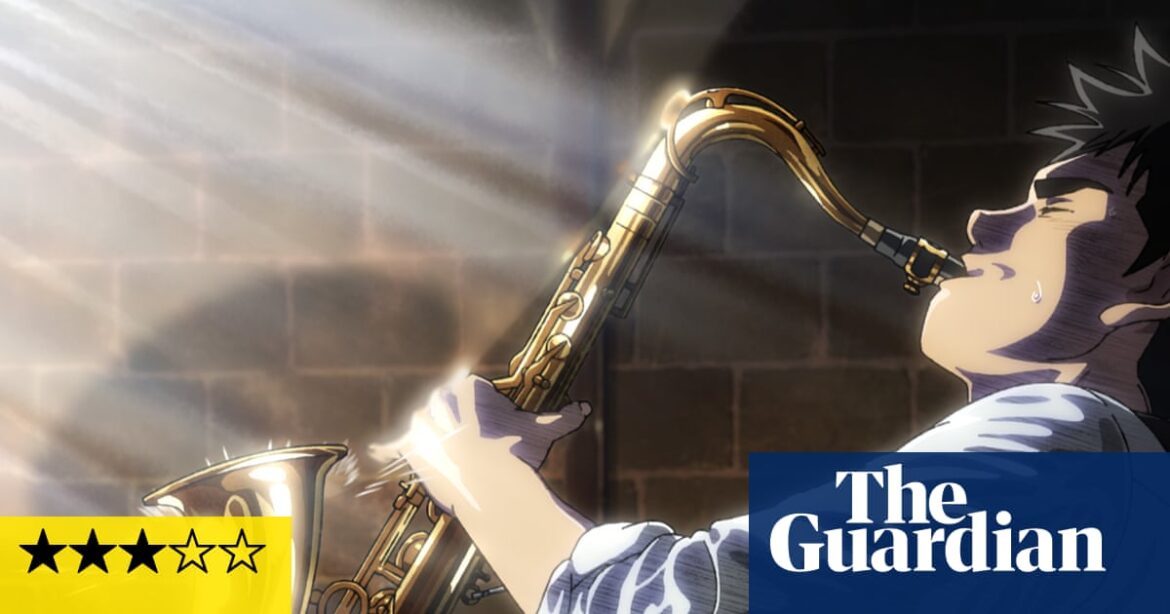
I
Is jazz no longer alive? The film Blue Giant by Yuzuru Tachikawa proves otherwise. It follows three 18-year-old boys as they relentlessly chase their musical aspirations. While it follows the typical coming-of-age anime formula, it also offers unique elements. There are challenges, conflicts, and resolutions, but what sets Blue Giant apart is its expert portrayal of the exhilaration of performing live.
The band featured in the film, Jass, showcases three distinct styles of creating music. Dai Miyamoto, who comes from a rural area and recently started playing the saxophone, has a remarkable talent for expressing his feelings through his music. On the other hand, Yukinori Sawabe, a pianist from a musical family, is more controlled and prefers technical accuracy over spontaneous playing. Shunji Tamada, Dai’s friend since childhood, is the least experienced member and his beginner’s passion is both charming and heartfelt.
The live music sequences in the film are visually stunning and constantly changing, almost as if in a trance. The visuals are powerful and energizing, with a solo performance setting the screen ablaze with fire and electricity flowing from the instruments. However, it is disappointing that despite the film’s focus on breaking traditional hierarchies, the jazz world depicted remains a male-dominated space. This may be attributed to the source material, but the limited female characters are relegated to supportive or inspirational roles in the background. The exceptional musical score by Hiromi Uehara only highlights this gender imbalance, as it is ironic that a female composer’s work drives the film’s music but does not provide representation for women on screen.
Source: theguardian.com



